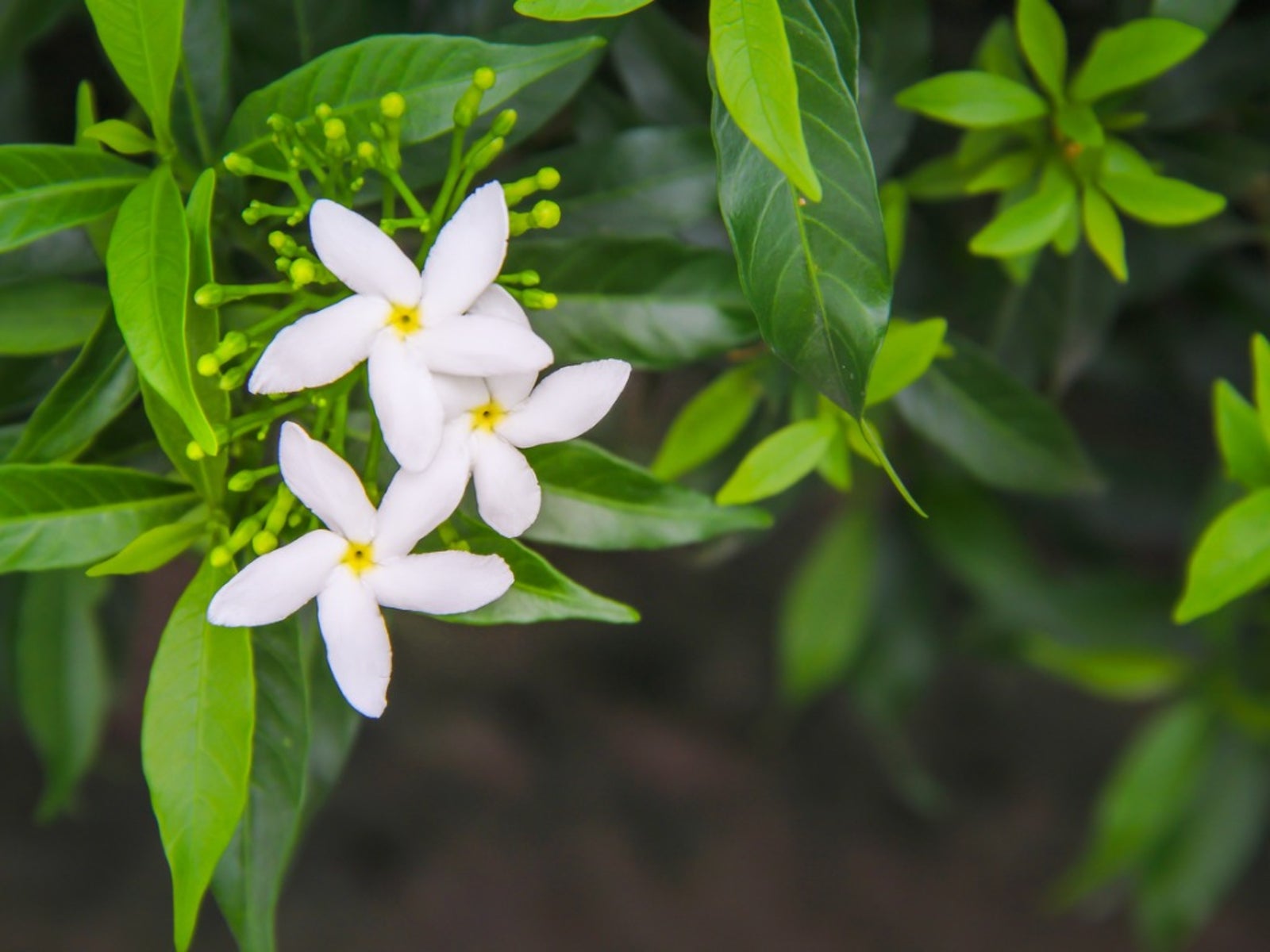Have you ever stopped, perhaps while walking through a garden or simply passing by a blooming plant, and been utterly captivated by a scent so sweet, so intoxicating, it felt almost magical? That, in a way, is the heart of what we call the jasmine peacock princess. It's not a specific plant variety you might find on a nursery tag, but rather a loving description, a tribute to the sheer beauty and the rich, captivating fragrance of jasmine, a plant that truly stands out in any setting. This idea, the "peacock princess," really captures the majestic display of a peacock's feathers, translated into the delicate yet powerful presence of jasmine flowers.
It's about the experience, you see, the way this plant just holds your attention, like a graceful dancer or a regal bird showing off its plumes. The common jasmine, with its botanical name often simply called Jasminum officinale, is a true garden gem. People often think of it as a vining shrub, and it really does have a very appealing, incredibly fragrant smell that just seems to fill the air. It's a scent that stays with you, a delightful memory that lasts long after you've moved on.
This particular white, vining flower is, quite honestly, best known for its amazing fragrance. You cannot simply come across a jasmine flower and not take a moment to catch a whiff of its sweet floral perfume. It's almost an automatic reaction, a pleasant pause in your day. For those who love gardens, or just appreciate lovely smells, learning about this plant, its care, and how it thrives, is a pretty rewarding thing to do.
Table of Contents
- The Essence of the Jasmine Peacock Princess
- Growing Your Own Fragrant Wonder
- The Diversity of Jasmine Species
- Common Questions About Jasmine
- Inviting the Peacock Princess into Your World
The Essence of the Jasmine Peacock Princess
The name "jasmine peacock princess" truly paints a picture, doesn't it? It evokes something grand, something beautiful, and something that commands attention. That's exactly what jasmine does in a garden or even in a container. It's a plant that produces clusters of three to five white flowers, typically appearing from late summer right through to early fall. These blooms, while small and delicate, are really quite impactful.
What Makes Jasmine So Special?
So, what exactly is it about jasmine that makes it worthy of such a regal title? Well, for one thing, it's a perennial vine or shrub, and people just love it for its sweet scent. Few plants, it's true, have a fragrance as intoxicating as jasmine. It's a smell that can transport you, a bit like a gentle, warm breeze on a summer evening. The plants are native to tropical regions, and also to some temperate areas, which means they can adapt to a few different climates, which is nice.
The fragrance is, perhaps, the most defining feature. It's a unique tropical smell that just fills the air, and it's something many people seek out for their gardens. This sweet perfume also tends to attract bees, which is a good thing for your garden's ecosystem. It's amazing how such small flowers can produce such a powerful and lovely aroma, you know?
A Symphony of Scent and Sight
When you picture the "jasmine peacock princess," you're really imagining a plant that delights both the nose and the eyes. The flowers are usually white, though some varieties might show a slight variation in color. They are delicate and dainty, with small blossoms that create a charming display. This combination of subtle visual appeal and overwhelming fragrance is what makes jasmine such a beloved addition to so many outdoor spaces.
The way the clusters of white flowers stand out against the green foliage is quite pretty, too. It's not a flashy plant in terms of bright colors, but its elegance and the sheer generosity of its scent make it incredibly striking. It's a plant that, in a way, quietly demands your admiration, much like a peacock's subtle movements before its grand display.
Growing Your Own Fragrant Wonder
If you've considered adding some jasmine to your garden this season, you are certainly not alone. Many people dream of having that sweet scent wafting through their yard. The good news is, learning how to grow and care for jasmine, whether it's a fragrant vine or a shrub, is something many gardeners find very rewarding. It's perfect for gardens or even for containers, depending on your space and preference.
Choosing the Right Spot
To really see your "jasmine peacock princess" thrive, picking the right spot is pretty important. Jasmine plants generally like a good amount of light. They tend to do best where they can get plenty of sun, but some varieties might appreciate a little bit of afternoon shade, especially in very hot climates. You'll want to find a place where it can soak up the sun's energy, which helps it produce those beautiful, fragrant blooms. Think about where the sun hits your garden throughout the day, and you'll probably find a great spot.
Also, consider the plant's growth habit. Since common jasmine is a vining shrub, it will want to spread out. Giving it enough space to grow and climb is key. You don't want it to feel cramped, as that can affect its overall health and how many flowers it produces. A good spot means happy roots and plenty of room for its branches to stretch.
Water and Soil Secrets
When it comes to keeping your jasmine healthy, getting the water and soil just right makes a big difference. These plants prefer soil that drains well, so they don't sit in soggy conditions. Too much water can be a problem for their roots, so you want the soil to be moist but not waterlogged. It's a bit of a balancing act, you know?
Regular watering, especially during dry spells or when the plant is actively growing and flowering, is usually a good idea. However, let the top layer of soil dry out slightly between waterings. As for the soil itself, a rich, fertile mix that allows for good air circulation around the roots is generally preferred. You can often improve your garden soil by adding some compost or other organic matter, which really helps the jasmine settle in nicely.
Giving It Support
If you want to use your jasmine as a flowering vine, which many people do because of its lovely climbing habit, providing some support is really necessary. This plant loves to climb and twine around things. A trellis, an arbor, or even a sturdy fence can be perfect for it to cling to. Without support, it might just sprawl on the ground, and while still fragrant, it won't give you that beautiful vertical display.
Training the vines gently onto the support as they grow can help create a fuller, more attractive plant. This guidance ensures the plant grows upwards and outwards, allowing its clusters of white flowers to be seen and smelled more easily. It's a simple step that really makes a difference in how your jasmine looks and performs in the garden.
The Diversity of Jasmine Species
It's fascinating to think about the sheer variety within the jasmine family. The genus Jasminum, in fact, contains around 200 species. While we've been talking a lot about the common jasmine, there are so many different types, each with its own unique charm and growing requirements. This wide range means there's likely a jasmine out there for almost any garden or climate, which is pretty cool.
You can find jasmine varieties that are true vines, some that are more like shrubs, and even some that are evergreen, keeping their leaves all year round. Some might have different flower colors, though white is very common, and the intensity of their fragrance can vary too. Reading on to learn about all the different types of jasmine can really help you add a beautiful flowering shrub or vine to your garden that perfectly suits your needs and desires. It's a whole world of fragrant possibilities, really.
Common Questions About Jasmine
People often have questions when they're thinking about adding a new plant to their home. Here are a few common ones about jasmine:
Is jasmine hard to grow?
Actually, jasmine is considered a fairly easy plant to grow, especially if you give it the right conditions. It just needs good light, proper watering, and well-draining soil. Providing support for vining types also helps a lot. Once it gets established, it tends to be quite resilient, which is nice for new gardeners.
What does jasmine smell like?
Jasmine has a distinctively sweet, rich, and intensely floral fragrance. Many describe it as being very appealing, almost intoxicating. It's a scent that's widely used in perfumes and aromatherapy because of its lovely and calming qualities. It's truly one of its most famous features, you know?
How often should I water my jasmine?
You should water your jasmine regularly, especially when the weather is warm or if it's in a container. The key is to keep the soil consistently moist but never soggy. Let the top inch or two of soil dry out before you water again. This helps prevent root issues and keeps the plant happy.
Inviting the Peacock Princess into Your World
Bringing the "jasmine peacock princess" into your garden or onto your patio is really about embracing a plant that offers so much. It's about that sweet scent that hangs in the air, the delicate white blossoms, and the way it can transform a space with its presence. It's a plant that promises beauty and a sensory experience unlike many others.
So, if the thought of a garden filled with enchanting fragrance and graceful blooms sounds like something you'd enjoy, then jasmine is definitely a plant worth considering. It's a rewarding choice, and you'll find that its charm is truly captivating. Learn more about growing jasmine, and you might just discover your next favorite garden addition. This plant, with its sweet scent and pretty blossoms, is a wonderful choice for anyone wanting to add a touch of natural elegance to their surroundings. It's a real treat for the senses, and it's something that, honestly, just makes you smile.



